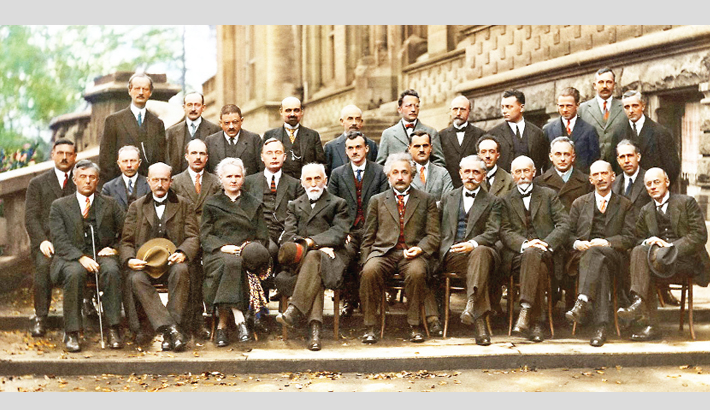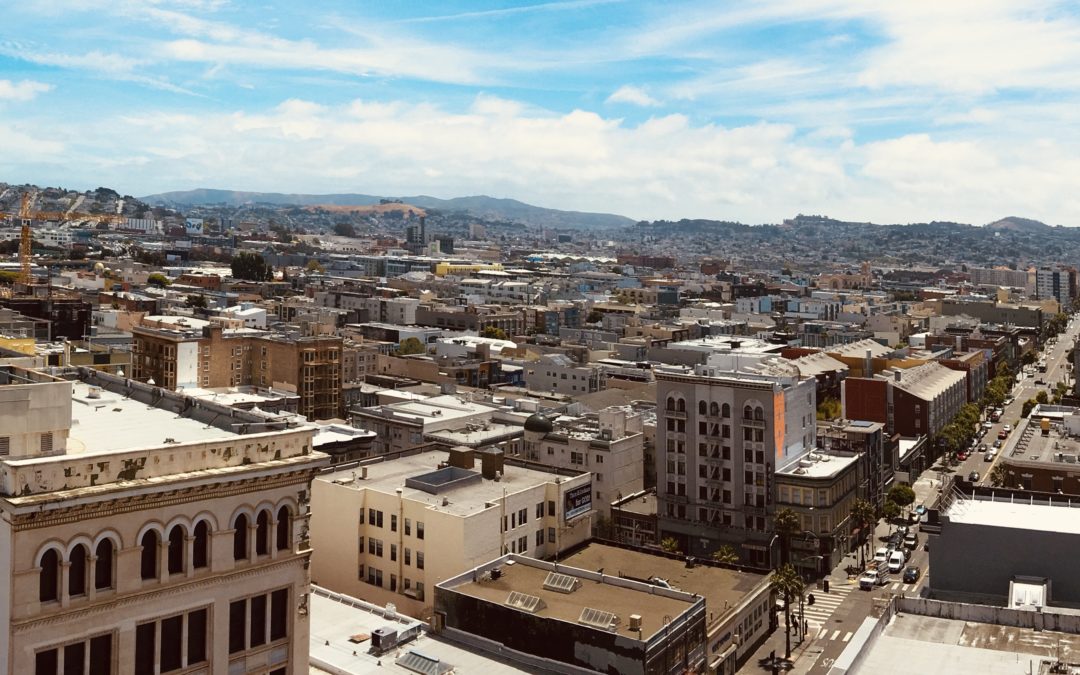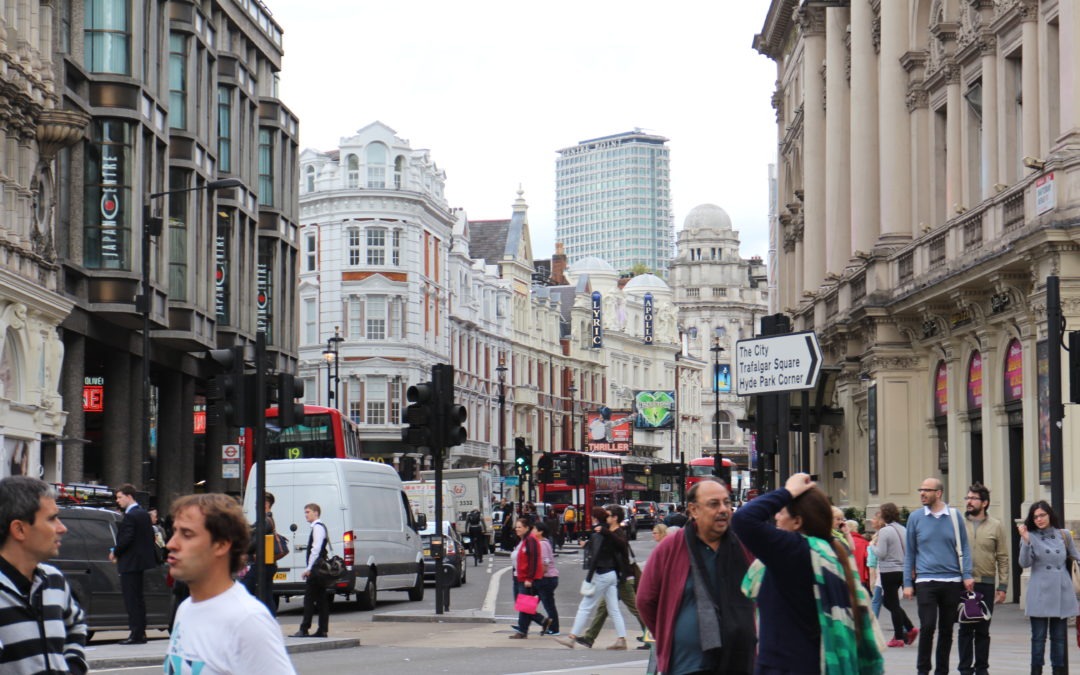
by Dr. Ed Brenegar | Jan 9, 2022 | Circle of Impact, Community, Impact, Transition, Uncategorized
I have been fascinated with people who start things. It is embedded in my definition of leadership.
“All leadership begins with personal initiative …’
However, to start something is to recognize that there is a reason for doing so. Some things we start are experimental projects to see what works. Others are business ideas that we think will gather loyal customers. Then there are those people who love to solve problems.
…
To solve a problem is to respond to a creative drive that resides in each of us. Starting something new is the same impetus. We make a decision to resolve a question that we have in our mind.

by Dr. Ed Brenegar | Dec 7, 2021 | Community, Impact, Relationships, Structure, Transition
Behind every mask is a human being longing to be set free. We dream of returning to a normal life. We long for what we once had that now seems to be gone. Behind the most hopeful and optimistic dream is its counter-story, the one that captures the darker experience of longing.
Our dreams are usually about what we want to add to our lives. We dream of the ideal mate, that special vacation spot or new position at work. Our longings reveal instead what is missing or what we have lost. We long for peace or freedom, a return to some past state of comfort or security. These longings tell us more about ourselves than our dreams because they are the products of our experience in life. Our dreams reveal what our imagination hopes and believes is possible in the future.
My conversations with people over the past decade have been about the longings of people. I would say very few people during this time have talked about what they hope to achieve in the future. Most of these moments of engagement are about what is missing and about how to return to a time that they remember with joy and comfort.
In this post, I decided to look at the stories of longing that emerge from literature and the films that brought those stories to a wider audience. I believe these stories point towards an understanding of who we are as individuals and as shared citizens of planet Earth. Mostly I hope these stories and the various videos that I am using to illustrate what I see will provide each of you a moment of contemplation for understanding what you long for and how you might take personal initiative to bring wholeness and resolution to your own sense of longing.

by Dr. Ed Brenegar | Nov 29, 2021 | Community, Ideas, Impact, Relationships
Simon Sinek speaks about how homeless people ask for money. He convinces a woman to change her message, and she makes more in two hours than she does in a whole day. Good move on Simon’s part. Then she leaves. She met her daily quota.
The question that this raised for me is whether Sinek was actually successful in his advice to the woman.
Sinek wants us to focus on the giver and his or her motivation. I am glad he does. He wants us to think about why we should give to people in need, or affirm workers in the workplace.
Now, as good as this video is, Sinek needs to look more deeply at what is required to change the social and organizational environments that we all inhabit. If you want Mark Laita’s videos, you see the effects of broken environments on people. From my perspective, the range of crises that we are experiencing globally is the product of broken environments, whether social or organizational.

by Dr. Ed Brenegar | Mar 22, 2021 | Book, Circle of Impact, Community, Ideas, Impact, Relationships, Structure, Transition, Uncategorized
Nothing is inevitable, except change. Nothing happens in a uniform or complete manner. Every change creates the conditions for its opposite. This is where opportunities abound.
Entrepreneurs understand this and then when they reach a point of establishment, promptly forget about it. Entrepreneurs want to decentralize power in order to create new opportunities. Then they want to centralize power believing that absolute control produces efficiencies that secure the future of the business. Is entrepreneurial ‘creative destruction’ only a starting point? Or, can a business instill the practice of entrepreneurial opportunity-seeking throughout the organization? I believe that it can.
This is one facet of the tension between centralization and decentralization in society. It has grown in intensity as technologies emerged that support personal endeavors and the control of people through surveillance technologies. The context of this global dynamic I call the Two Global Forces. This post consists of selections from my book, Circle of Impact: Taking Personal Initiative to Ignite Change, on this phenomenon in our world today. I have more to say about this at the end.

by Dr. Ed Brenegar | Mar 2, 2021 | Book, Circle of Impact, Community, Ideas, Impact, Relationships, Structure, Transition, Uncategorized
I was at a transition point in my life. I was asking questions that you may have asked yourself at some point in your life. My transition point had me looking at decisions about where I would live, how I would financially support myself, and what difference I would make with the rest of my life. These decisions followed a time of loss where my consulting practice slowly dried up, and then, after moving from being a board member into the executive director role, I was terminated from the nonprofit organization that I led. During this time, my marriage of thirty years ended.
…
Sitting in my apartment one night, the question of what my life was to be in the future became crystal clear to me. I saw myself starting over. I realized that my life was not done, there was much to do, and that my best, most important work was yet to be. So that evening, I decided that for me to start my life over, I had to move.

by Dr. Ed Brenegar | Sep 24, 2020 | Circle of Impact, Community, Impact, Transition, Uncategorized
Background to All Crises Are Local At the beginning of April 2020, I sat down and began to write about what I was observing as the first weeks of the COVID-19 pandemic were unfolding. What began then became the first of five short books published at the end of August....







